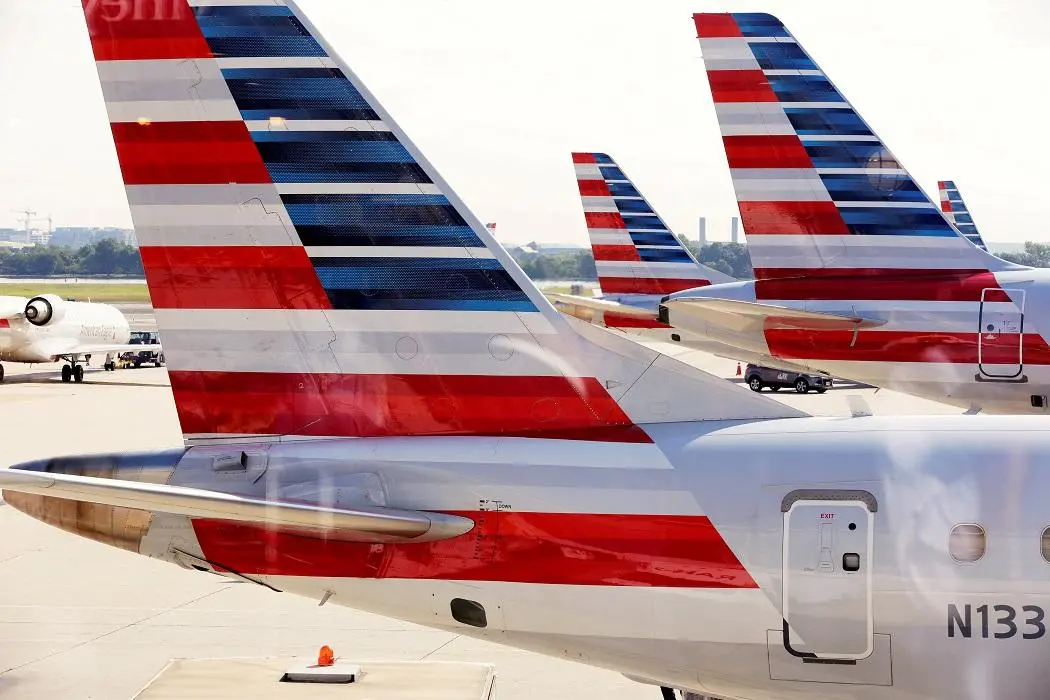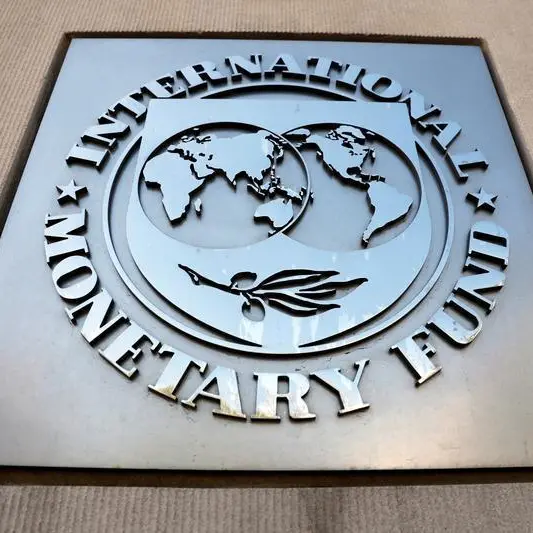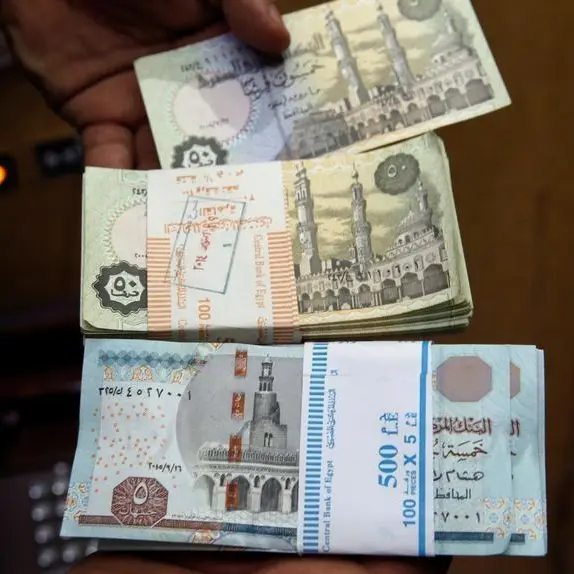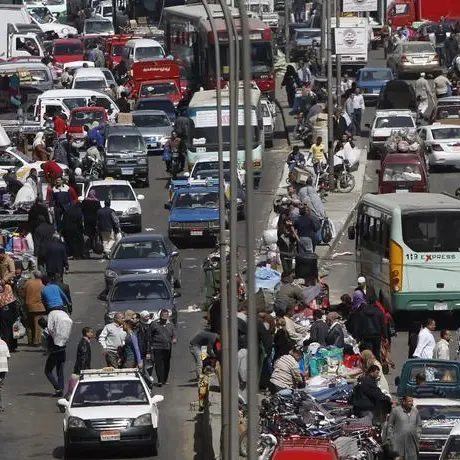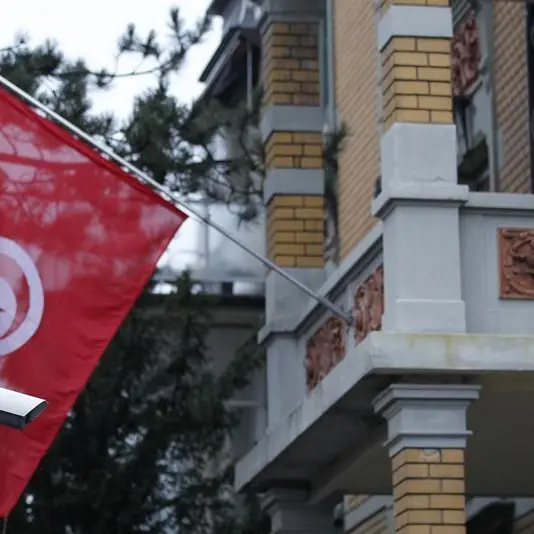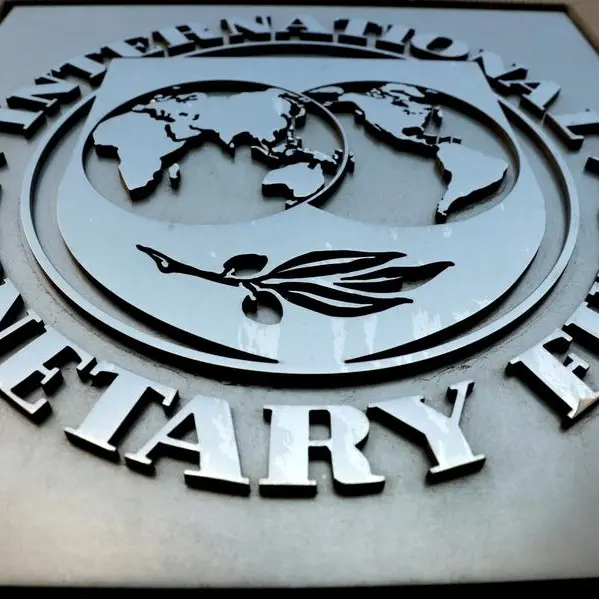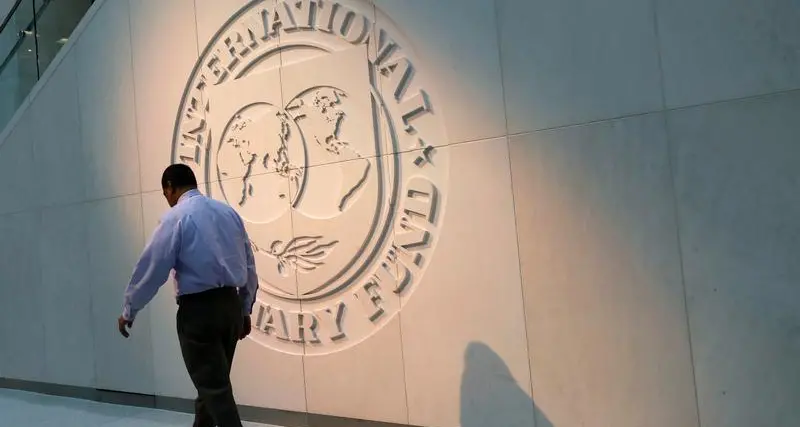PHOTO
(The author is a Reuters Breakingviews columnist. The opinions expressed are her own.)
DALLAS (Reuters Breakingviews) - Passengers on American Airlines would be forgiven for thinking social distancing ends at cloud level. The Dallas-based air carrier said last week it planned to fill seats at capacity, even though the United States is still in the grip of a pandemic spread through close contact. Some officials have already questioned American’s decision – especially given it has received around $10.6 billion in government aid and state-subsidized loans. The delicate economics of running an airline means it has little choice.
Last year, American made roughly $42 billion in revenue from selling tickets to passengers, plus another $4 billion from running clubs in airports and charging for cargo. American’s planes were running at roughly 85% capacity, according to its own published financials, slightly higher than the year before.
In a world where middle seats are left empty, things go downhill fast. Say planes are two-thirds full. Ticket sales would simplistically fall to $33 billion, with total revenue around $37 billion, assuming everything else stayed the same. But costs wouldn’t nearly fall as much. Fuel expenses don’t fluctuate much with capacity. And with nearly 85% of its workforce under union contracts, neither does American’s wage bill.
So empty seats could quickly push American to a loss. Its operating expenses were around $41 billion last year, excluding depreciation. With seats two-thirds full, it would have to cut those by 10% to make any profit. Alternatively, American would need to raise ticket prices or lay off staff. Even grounding more flights wouldn’t help – sure, the airline would save some of its fuel outlays, but would also make less revenue at a time when carriers are competing doggedly for travelers.
Shareholders would get bumped in no time. American has roughly $39 billion of debt, which includes pension obligations and operating leases, and a market capitalization of roughly $6 billion. Big losses will swiftly make its equity worthless. That leaves it with a difficult balancing act, torn between alienating suppliers, employees, union officials and passengers. Many of those people are the same taxpayers who have stumped up to keep American airborne in the first place.
CONTEXT NEWS
- Several U.S. health experts including Robert Redfield, director of the U.S. Centers for Disease Control and Prevention, have criticized American Airlines for its decision to fill airplanes to capacity. During a Senate hearing on June 30 Redfield said that there was “substantial disappointment” and that it “sent the wrong message” as states try to grapple with controlling the virus.
- American said on June 26 that “customers may notice that flights are booked to capacity starting July 1.”
- The U.S. government has provided financial assistance to airlines to help them deal with the Covid-19 pandemic, including grants and loans. American received $5.8 billion, $4.1 billion in grants and a $1.7 billion loan, as part of the Payroll Support Program and a separate roughly $4.8 billion loan from the Treasury Department.
(The author is a Reuters Breakingviews columnist. The opinions expressed are her own.)
(Editing by John Foley and Amanda Gomez) ((Lauren.SilvaLaughlin@thomsonreuters.com))
